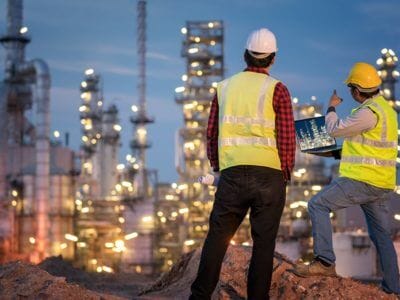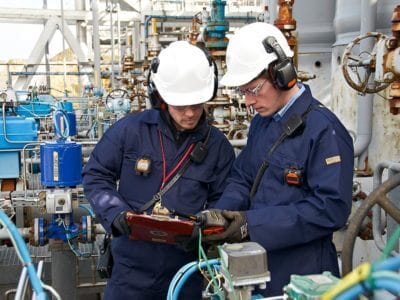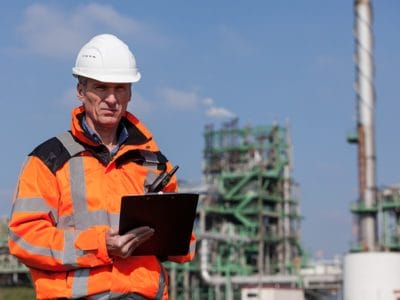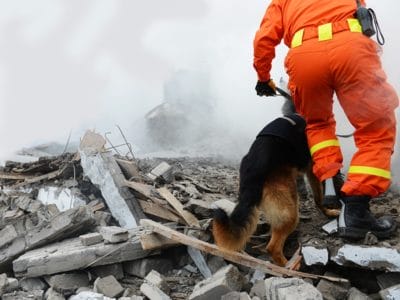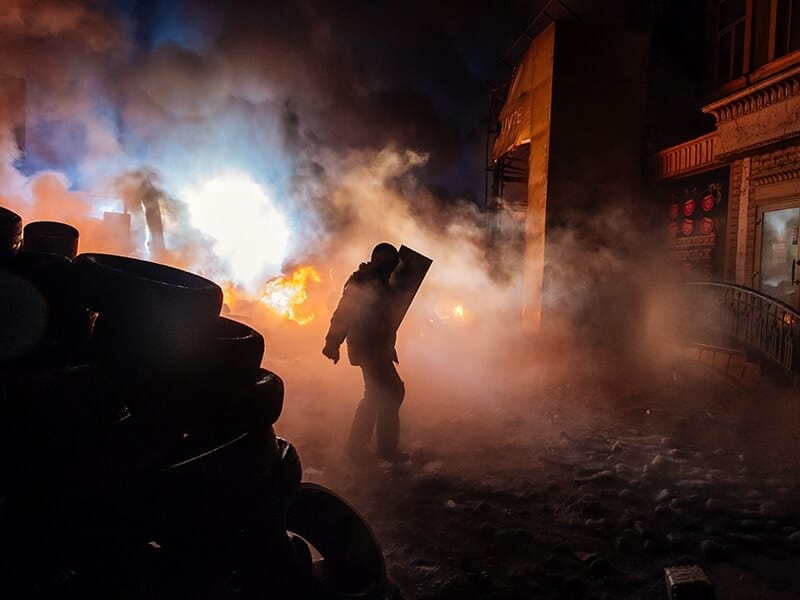
Detection Tools For Arson Or Fire Investigation
Many accelerants are hydrocarbon-based fuels such as gasoline (petroleum)
Fire investigation, sometimes referred to as origin and cause investigation, is the analysis of fire-related incidents. After firefighters extinguish a fire, an investigation is launched to determine the origin and cause of the fire or explosion. Investigations of such incidents require a systematic approach and knowledge of basic fire science.
Detecting Arson Accelerants For Fire/Arson Investigators
The principal goal fire investigators remains figuring out how and where the fire started using forensic fire investigation methods.
According to the National Fire Protection Association, there were 19,000 intentionally set fires in the US during 2014 accounting for around 4% of all structural fire equating to more than $700m worth of damaged property. UK Figures would suggest that more than 40% of fires in business premises and more than 20% in residential properties are intentional, whether for profit, revenge or just ‘kicks’.
– GOV.UK
”However, scientific methods for detecting accelerants for evidence of arson have developed in the 56 years since Hoyle's comments were penned. Instrumentation has moved from the laboratory to the actual fire scene vastly reducing the amount of evidence that needs to be subsequently analysed in the lab and hence the time taken to reach a conclusion.
Techniques Of Fire Investigation, Terrence R Hoyle, Jan 1962
VOC Detection For Health & Safety
Fire Triangle
Arson investigations may be particularly challenging, because evidence is likely to have been destroyed in the fire or contaminated during firefighting operations. It normally takes longer to investigate than an episode of TV programme Crime Scene Investigator CSI might suggest because there can be literally tons of debris to sift through in search of chemicals that may have been used as a so-called accelerant. Traces of these can remain detectable even after a major conflagration. Highly-trained sniffer dogs are a traditional resource but these animals may not be available when needed or have insufficient, unsafe access. Many accelerants are hydrocarbon-based fuels such as gasoline (petroleum), diesel fuel, kerosene, turpentine, butane, and various other flammable solvents collectively known as volatile organic compounds (VOCs).
But despite the fact that fire is a common, everyday phenomenon, it is a very complex chemical, physical, and thermal event. Investigative work will focus on the ‘fire triangle’ of oxygen, fuel, and source of heat or ignition, and in cases of arson at least one of these will have been tampered with.
Pros Of Using PIDs
One such tool for the detection of accelerants at fire scenes recommended by investigators is the photoionisation detector (PID) which has already proven to be an ideal solution for the detection of relatively low level VOCs for health & safety and environmental applications. These devices are battery powered and portable and can be deployed rapidly and safely to test areas between floorboards and under carpets where residual traces of accelerant may remain.
– Crime Scene Investigator Network
- PIDs are portable and battery powered making them ideal for field
 applications.
applications. - PIDs are a quick, simple to use and accurate method for the detection of accelerants at a fire scene.
- PIDs are very sensitive to commonly found accelerants and will detect hundreds of gasses and vapours.
Download our FREE Guide
“Detecting Arson Accelerants For Fire/Arson Investigators”
The detecting arson accelerants for fire/arson investigators guide provides the reader with an in-depth balance of knowledge on how the fire and arson investigators examine the physical attributes of a fire scene identify and collect physical evidence from the scene. The evidence they have collect is then analysed to help determine if the cause of the fire was accidental or deliberate. During the scene examination, investigators may find evidence such as accelerants, tampered utilities, and specific burn patterns, which may indicate criminal activity. This is where the use of a PID detector can come into affect and determine where and what was used while also keeping the investigators at safety the whole time by being able to detect harmful VOCs that could still be present.


 applications.
applications.